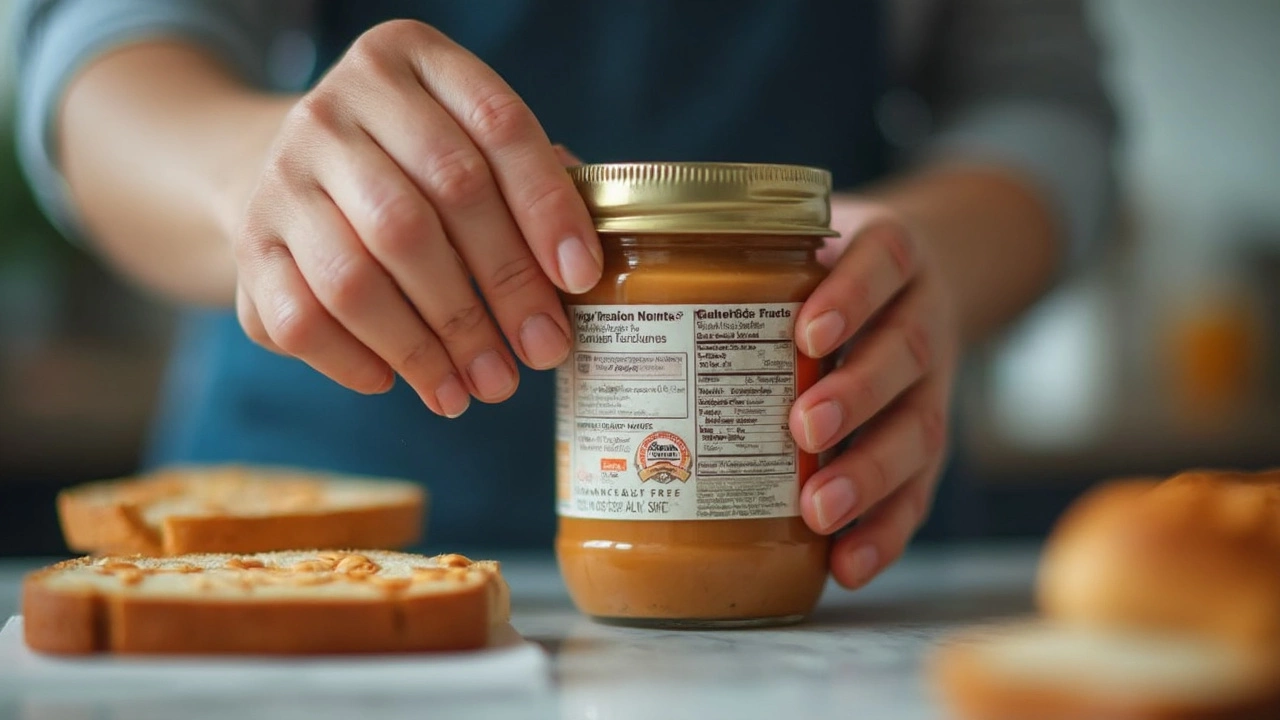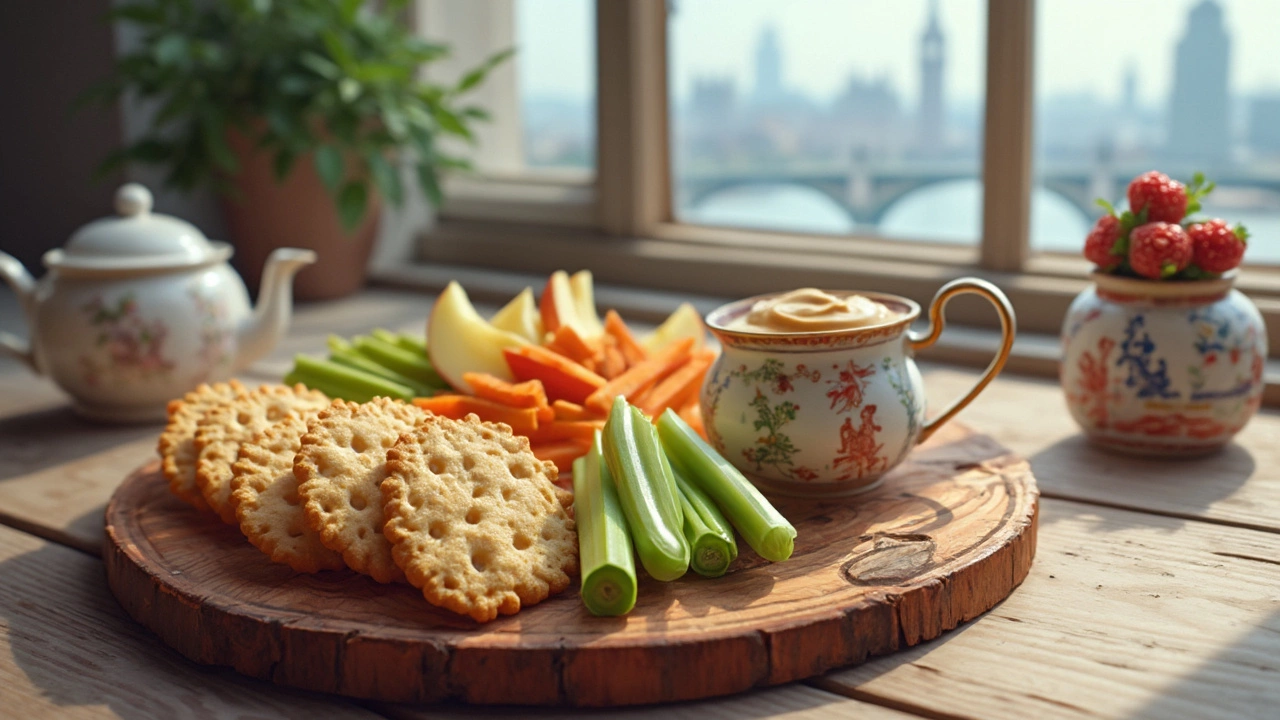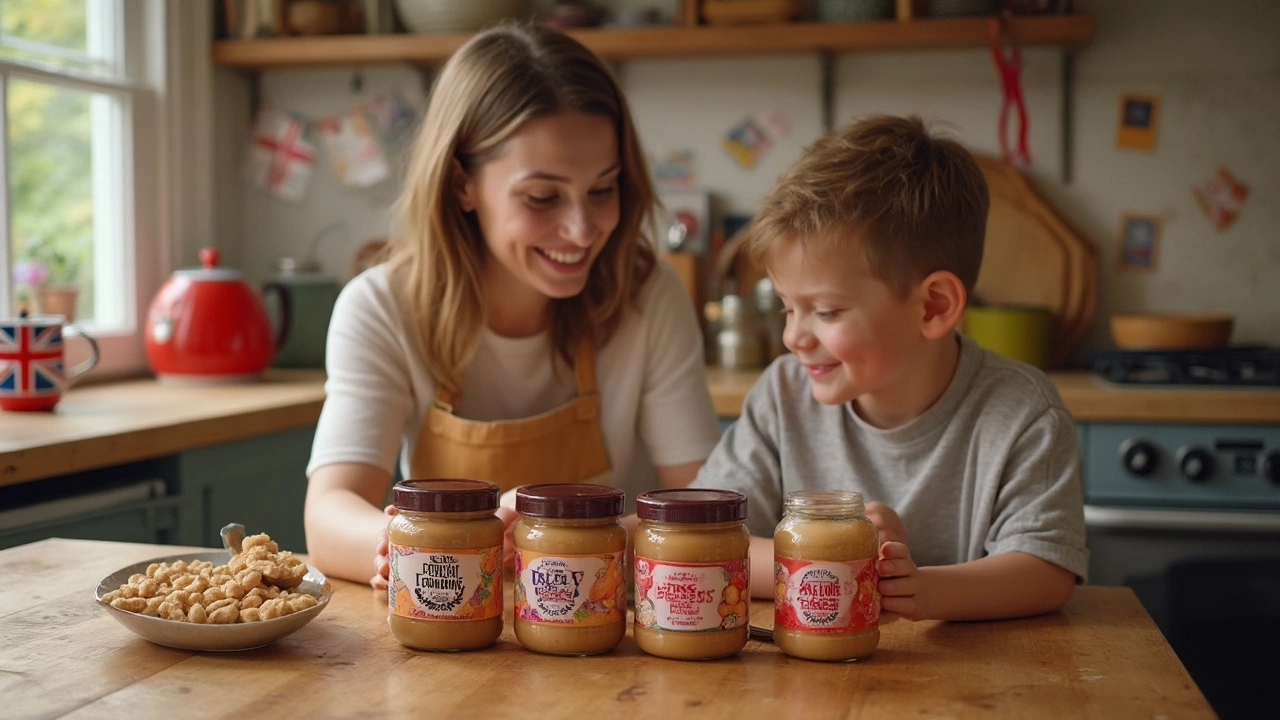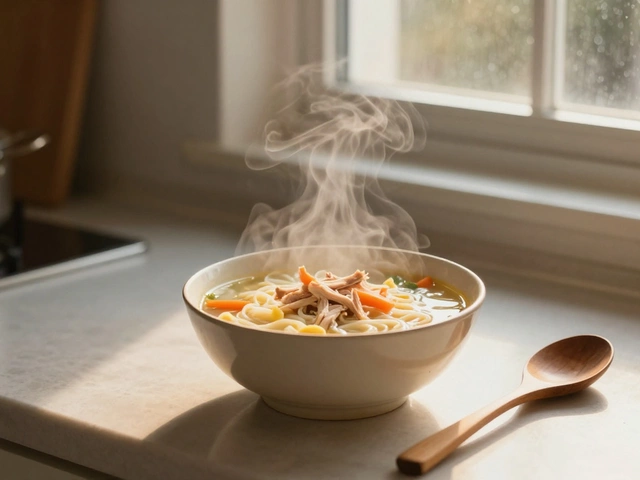When you’ve got to go gluten-free, the grocery aisle can feel like a maze. Peanut butter shows up in tons of recipes—so the big question: does peanut butter have gluten hiding in it?
Here’s the straight answer—plain peanut butter, made with just peanuts and salt, doesn’t have gluten. But life’s rarely that simple. Some brands toss in extra ingredients for texture or flavor, and that’s where you’ve got to pay attention. Gluten can sneak in if there’s cross-contamination during processing, or if wheat-based additives are involved.
If you’ve got celiac, that tiny bit of gluten can still cause trouble. It’s all about how it’s made and what shares the factory line. Knowing how to read a label (and which brands are safe bets) can save you a headache—literally and figuratively.
- Is Peanut Butter Naturally Gluten Free?
- Hidden Risks: Cross-Contamination and Additives
- How to Read the Label Like a Pro
- Top Gluten-Free Peanut Butter Brands
- Tasty Gluten-Free Peanut Butter Snack Ideas
Is Peanut Butter Naturally Gluten Free?
Peanut butter, in its pure form, is just ground peanuts. That’s it. Peanuts are a legume—not a grain—so on their own, they don’t have any gluten at all. The only thing added to most basic peanut butter is a pinch of salt or sometimes oil. None of these ingredients contain gluten either.
But here’s where folks get tripped up: peanut butter brands love to mix things up. Sometimes you’ll see added sugar, honey, or even chocolate. Sometimes the jar says “no-stir” because stabilizers are in the mix. Most of these extras are gluten-free, but you always need to check the label if you must be strict.
If you stick with natural or "just peanuts" types, you’re almost always safe. Those fancier flavors—like cookies & cream or pretzel swirls—almost always have gluten. And restaurants or butters from bulk bins? You can’t guarantee what touched what.
Most peanut allergies aren’t related to gluten at all, but it’s a common worry when you see long ingredient lists.
When in doubt, compare nutrition labels. Here’s how typical peanut butter breaks down for basics (no gluten in sight):
| Type | Main Ingredients | Gluten? |
|---|---|---|
| Natural Peanut Butter | Peanuts, Salt | No |
| "No-Stir"/Stabilized | Peanuts, Salt, Sugar, Palm Oil | No (Usually) |
| Flavored (e.g. Pretzel, Cookies) | Peanuts, Sweeteners, Flavors, Additives | Sometimes |
Bottom line—if you want guaranteed gluten free, always go for classic or natural peanut butter. Read every label if you have celiac or gluten intolerance. It’s not the peanuts you need to worry about—it’s what comes along for the ride.
Hidden Risks: Cross-Contamination and Additives
Most jars claim to be safe, but the biggest thing to watch out for isn’t usually the peanuts—it’s what goes on around them. Peanut butter itself doesn’t need gluten, but sometimes the factories do. Facilities that also handle wheat or other gluten-heavy products can leave traces behind, turning a safe food risky for folks who can’t handle gluten.
It’s a real thing: some brands process their spreads on the same equipment used for cookies, crackers, or cereal bars. Even a crumb from a previous batch is enough to trigger symptoms for people with celiac. That’s why you’ll see notes on jars like “may contain wheat” or “processed in a facility that also processes gluten.” That fine print matters.
Additives are the other part of the story. Many basic peanut butters are just peanuts and salt, but some add fillers to make them smoother or keep them shelf-stable. Here’s where you want to get nosy with the ingredient list. Watch for:
- Hydrolyzed wheat protein—an obvious gluten source
- Maltodextrin (sometimes, but rarely, from wheat)
- Flavorings or stabilizers, if they don’t say gluten-free
One more tip: organic and natural brands usually skip the extras, but you can’t assume they’re automatically safe. Always flip that jar around and double-check. Knowing how cross-contamination happens is half the battle to making sure your peanut butter is truly gluten-free.

How to Read the Label Like a Pro
Labels can be confusing if you don’t know what matters. For peanut butter, it’s not just about the front—flip that jar around and read the ingredient list. You want as few ingredients as possible: usually just peanuts, maybe a dash of salt. If you start seeing words like "hydrolyzed wheat protein," "maltodextrin (wheat)," or anything you don’t recognize, that’s a red flag for gluten.
Look for a "gluten-free" label. In the U.S., if it says gluten-free, that means there’s less than 20 parts per million (ppm) of gluten, which is the FDA standard. That’s safe for most people with celiac or gluten sensitivity. Some brands, like Skippy and Jif, announce on their websites which products are gluten-free, but not every jar will shout it out, so double-check if you’re not sure.
- Check the ingredients: Should just be peanuts, salt, maybe oil or sugar.
- Spot the allergen statement: In the U.S., wheat (a source of gluten) has to be called out, usually beneath the ingredient list.
- Scan for certification logos: Look for a certified gluten-free symbol if you want extra peace of mind.
- Avoid "made in a facility that processes wheat" if you’re super sensitive. That’s a warning about possible gluten cross-contact during production.
Let’s compare some label phrases you might see and what they actually mean:
| Label Phrase | What It Means |
|---|---|
| Gluten-Free | Meets FDA's standard of less than 20 ppm of gluten |
| May Contain Wheat | Possible gluten cross-contact during packaging/processing |
| Processed in Facility with Wheat | Higher cross-contact risk; not ideal for those highly sensitive |
| No Gluten Ingredients | No gluten added, but cross-contact not guaranteed against |
Don’t just grab any jar—treat label reading like a habit. That’s how you keep peanut butter safe for your gluten-free kitchen.
Top Gluten-Free Peanut Butter Brands
If you’re on a gluten-free diet, grabbing any old jar of peanut butter isn’t always the best move. Let’s break down which peanut butter brands are considered safe, and what details you should actually look for.
- Jif: Classic choice, and most plain Jif peanut butters don’t have gluten. They’re not certified, but the main creamy and crunchy varieties are pretty safe for most people avoiding gluten. Just steer clear of the specialty flavors, since those can change often.
- Skippy: These guys put it right on the label—"gluten-free" is listed on most of their peanut butter jars. Both classic and natural versions are made without gluten ingredients.
- Smucker’s Natural: Their plain natural peanut butter is only made with peanuts and salt, so it's about as safe as it gets. They also say they avoid cross-contact with gluten. Perfect if you want something simple and clean.
- Crazy Richard’s: Their peanut butter has just one ingredient—peanuts. Nothing extra to worry about, and it’s labeled gluten-free. Great for purists who don’t want surprises.
- Maranatha: A lot of their peanut butters are marked gluten-free, and the company calls out allergens clearly on the label. If you like really creamy stuff, they’re popular for that.
- Justin’s: Known for their natural and flavored nut butters. Most are labeled gluten-free, but always check, since specialty flavors might change up ingredients.
Now if you’re serious about zero-gluten risk—like, for celiac folks—the safest bet is peanut butter that’s actually certified gluten-free. That means it’s been tested to contain less than 20 parts per million of gluten, which is pretty much the gold standard. Here’s a quick look at some brands and how they stack up on gluten-free safety:
| Brand | Gluten-Free Label? | Certified GF? | Ingredients |
|---|---|---|---|
| Skippy | Yes | No | Peanuts, salt, sugar, palm oil |
| Crazy Richard’s | Yes | Yes | Peanuts |
| Jif | Some | No | Peanuts, sugar, molasses, fully hydrogenated oils, salt |
| Maranatha | Yes | Some products | Peanuts, palm oil, salt (varies) |
| Justin’s | Yes | No | Peanuts, palm oil, salt + flavorings |
| Smucker’s Natural | No | No | Peanuts, salt |
If all of this makes you double-take at the peanut butter shelf—that’s a good thing. Always check labels, since recipes and facilities can change. Some companies also have special allergy info pages on their websites, which is worth checking if you have celiac or other food allergies.
And don’t forget: store brands can be hit and miss. So, if you want something guaranteed safe, it’s smartest to go with a brand that’s clear about testing for gluten. Spread with confidence!

Tasty Gluten-Free Peanut Butter Snack Ideas
Need quick snacks but want to keep things gluten free? Peanut butter is your best friend. It’s full of protein, fits almost any craving, and plays well with a bunch of safe, simple ingredients you’ve probably already got in your kitchen. Let’s break down some real snacks you can toss together without worrying about gluten sneaking in.
- Rice Cakes and Peanut Butter: Grab plain rice cakes (double-check the label, but most are naturally gluten free) and spread on peanut butter. Top with banana or berries if you want a little sweetness.
- Peanut Butter Apple Nachos: Slice up a crisp apple, drizzle peanut butter, and sprinkle gluten-free mini chocolate chips. Sweet, crunchy, and a hit with kids or adults.
- Celery Boats: Fill celery sticks with peanut butter, toss on some raisins or sunflower seeds, and you’ve got "ants on a log"—an old-school favorite that’s allergy-friendly if you skip the nuts.
- Homemade Peanut Butter Energy Balls: Mix up gluten-free oats, peanut butter, a bit of honey, and dark chocolate chips. Roll into balls and store in the fridge. These are perfect for grab-and-go or after-school snacks.
- Peanut Butter Banana Smoothie: Blend up almond milk, a ripe banana, peanut butter, and a handful of ice. It’s creamy, filling, and keeps you happy between meals.
Not sure about which sides or additions are safe? Here’s a quick cheat sheet:
| Snack Add-On | Gluten-Free? |
|---|---|
| Plain Rice Cakes | Usually, but check labels |
| Most Fruits | Yes |
| Gluten-Free Pretzels | Yes |
| Traditional Graham Crackers | No |
| Gluten-Free Oats | Yes (if labeled gluten free) |
Quick tip: There are gluten-free pretzel sticks out there—dip them in peanut butter for a salty, crunchy fix. Always check that package for a gluten-free label though. You don’t want your snack to turn into a disaster because of sneaky wheat flour. Next time you crave something fast and tasty, you’ve got plenty of ideas. No need to skip out on the good stuff.





